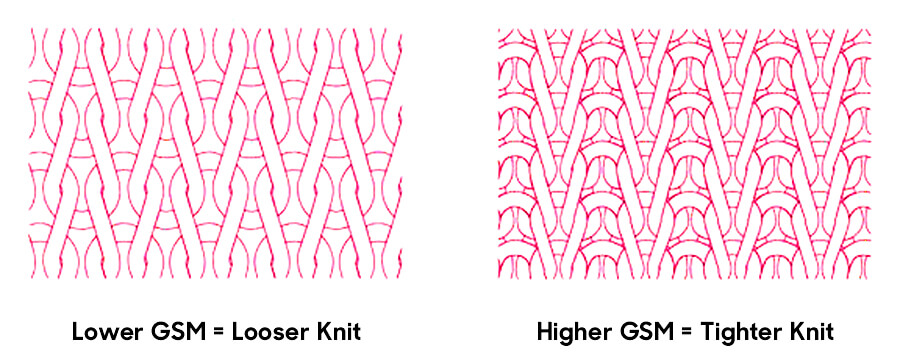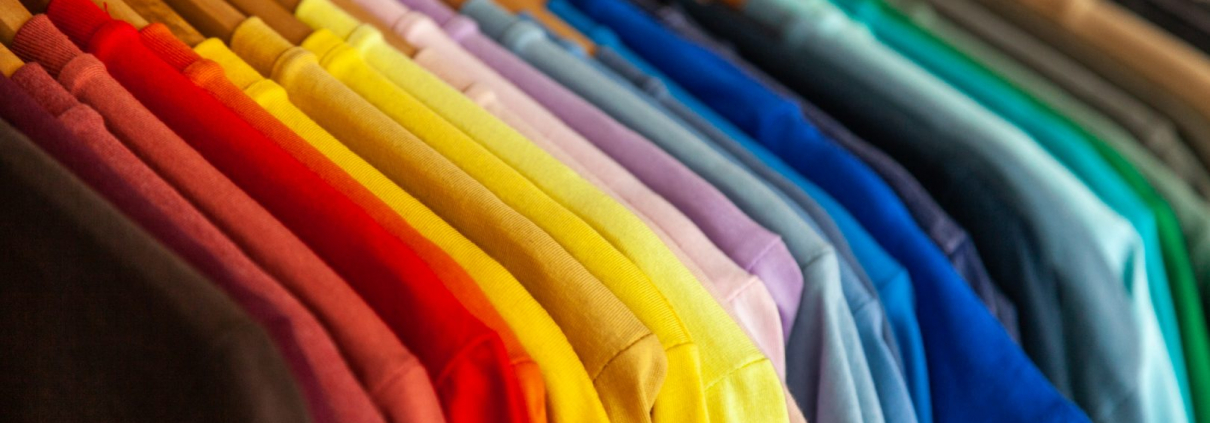We often get queries from people searching for the perfect style of t shirt. Some ask about GSM but many people don’t understand what it means. Whether you’re printing something for yourself, starting a fashion label or choosing uniforms for a business, GSM is a handy way to compare and choose the right fabric.
The term GSM stands for Grams per Square Meter. If you were to cut a square of fabric one meter by one meter and weigh it, the weight reflected on the scale would be the GSM. The term is similar to what thread count is to bed linen. Unlike bed linen, however, GSM isn’t actually an indicator of quality. When it comes to t shirts, GSM really indicates the style of fabric.

Lower GSM t shirts, ranging between 120 -150 gsm, are more loosely knitted, lightweight and breathable. This makes them ideal for summer styles, baby wear and sportswear. Conversely, higher GSM garments are knitted more tightly, making the fabric a lot thicker. You’ll notice that long sleeve or hooded sweaters will typically range from 250 to 400 gsm. And anything between 160 – 240 GSM tends to be a standard weight t shirt.
There are benefits for choosing both higher GSM and lower GSM t shirts. Higher GSM t shirts are more durable and will wash really well without losing their shape. A lower GSM shirt can have a really nice body forming fit, feel softer and breathe better. If you’re in a hot climate like Brisbane, you won’t want anything higher than a 180 GSM t shirt in the summer or you’ll be sporting some serious sweat patches.
So, the key to choosing the right t shirt – know how you or your customers will want to wear them and the GSM will help you determine the fit, thickness, durability and breathability that will best suit.











